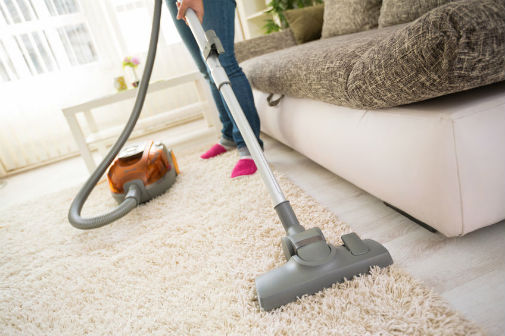There is growing evidence that respiratory problems among children may be exacerbated by indoor air pollution in homes, schools and nurseries, according to a report out today.
The joint report published by the Royal College of Paediatrics and Child Health (RCPCH) and the Royal College of Physicians presents evidence linking indoor air pollution to a range of childhood health problems including asthma, wheezing, conjunctivitis, dermatitis, and eczema.
Sources of indoor air pollution include smoking, damp, the burning of fossil fuels and wood, dust, chemicals from building materials and furnishings, aerosol sprays, and cleaning products.
Professor Nicola Carslaw, from York University’s Department of Environment and Geography, was one of the authors looking at ‘Factors Affecting Indoor Air Quality.’
Prof Carslaw looked at how indoor activities such as cooking, cleaning and air freshener use can lead to exposure to air pollutants in our homes.
It draws on research carried out by Prof Carslaw and her colleagues at York around the use of cleaning products in the home.
Prof Carslaw said: “Using such products leads to a suite of chemical reactions, some of which can lead to the formation of harmful pollutants such as small particles and formaldehyde.
“Although people are generally very aware of air pollutants outdoors and exposure to them – such as walking along a heavily trafficked street – they are much less aware that they can be exposed to pollutants in their homes.”
There are some simple things that people can do in their homes to reduce exposure to pollution. Using an extractor fan that vents outdoors when cooking is one way and making sure that cleaning is carried out in a well-ventilated space is another. People can use liquid cleaners instead of sprays, use minimal amounts of the cleaning product and never mix them together.
The report recommends legally binding performance standards for indoor air quality to include ventilation rates, maximum concentration levels for specific pollutants, labelling of materials, and testing of appliances and air quality tests when local authority construction is complete and before the building is signed off as well as compliance tests after construction stages and assessment of buildings once occupied – this may require ring-fenced resources for local authorities to take enforcement action.







